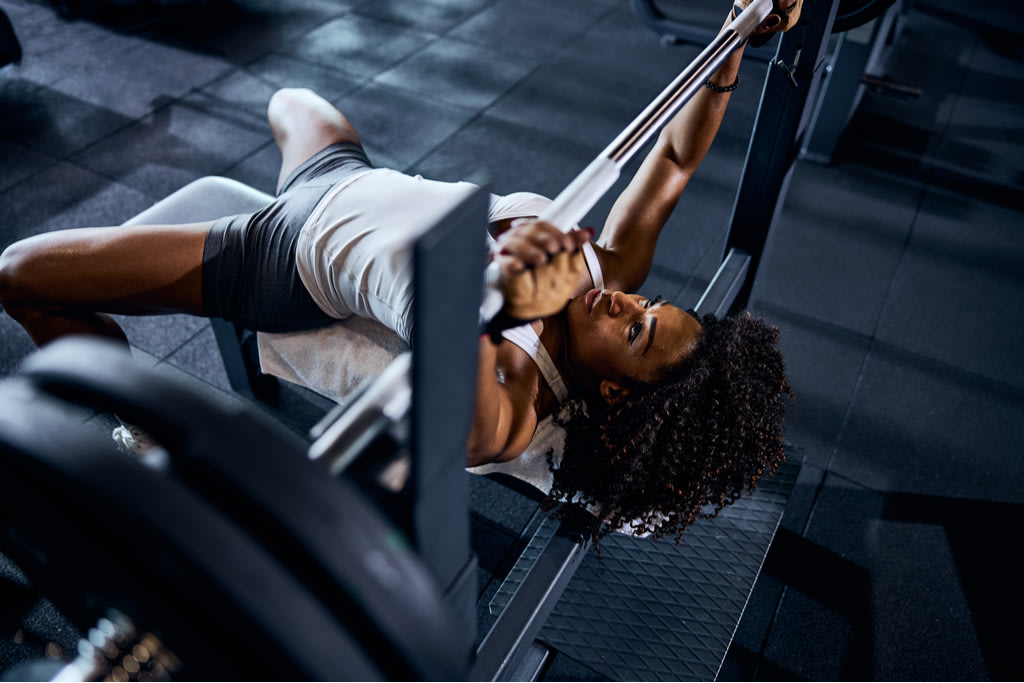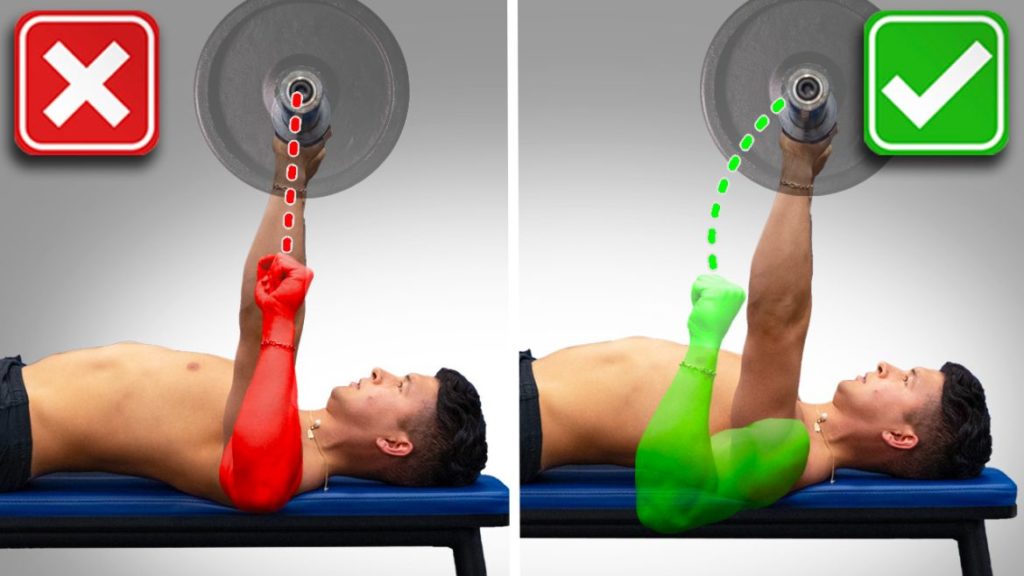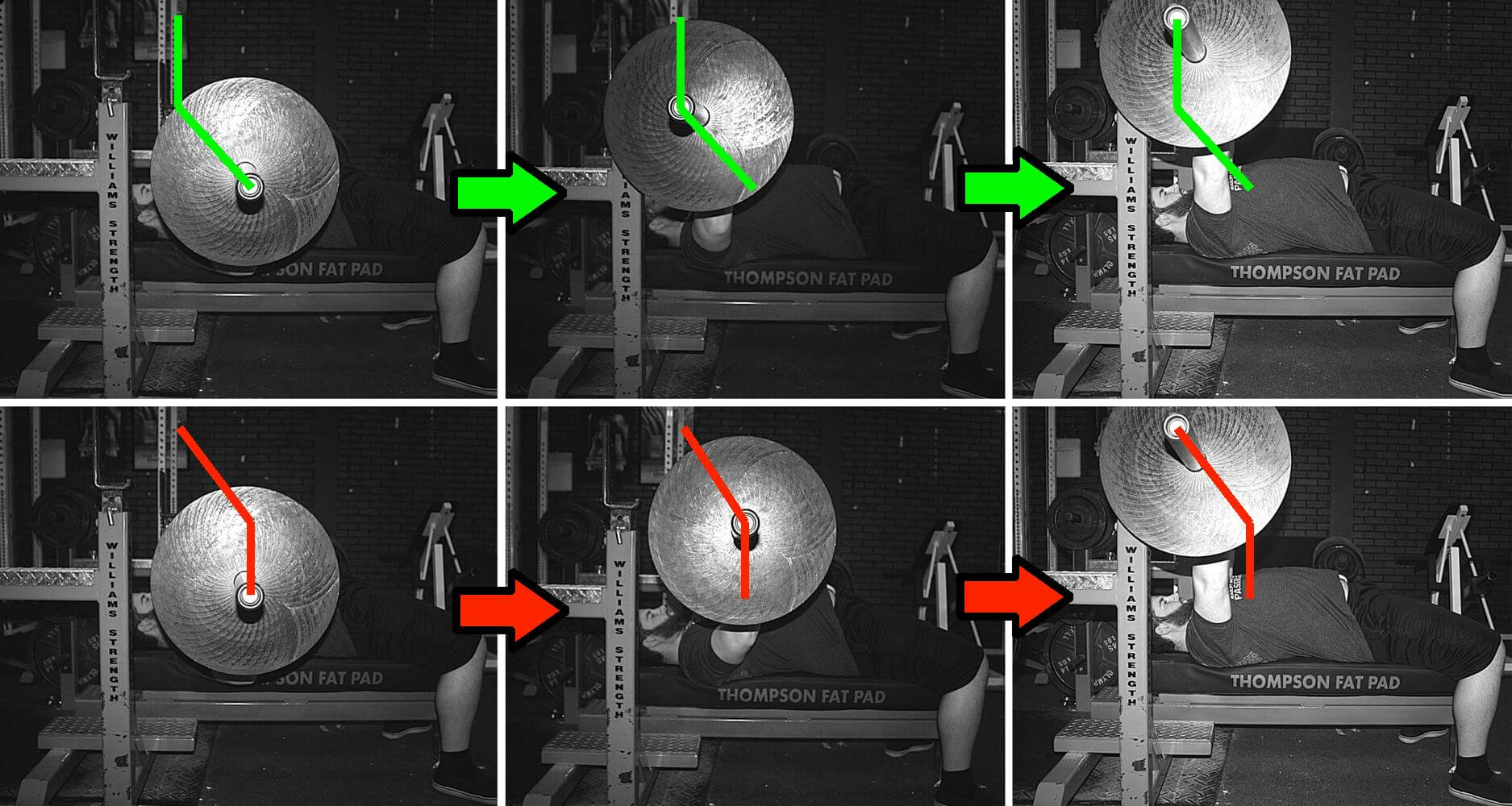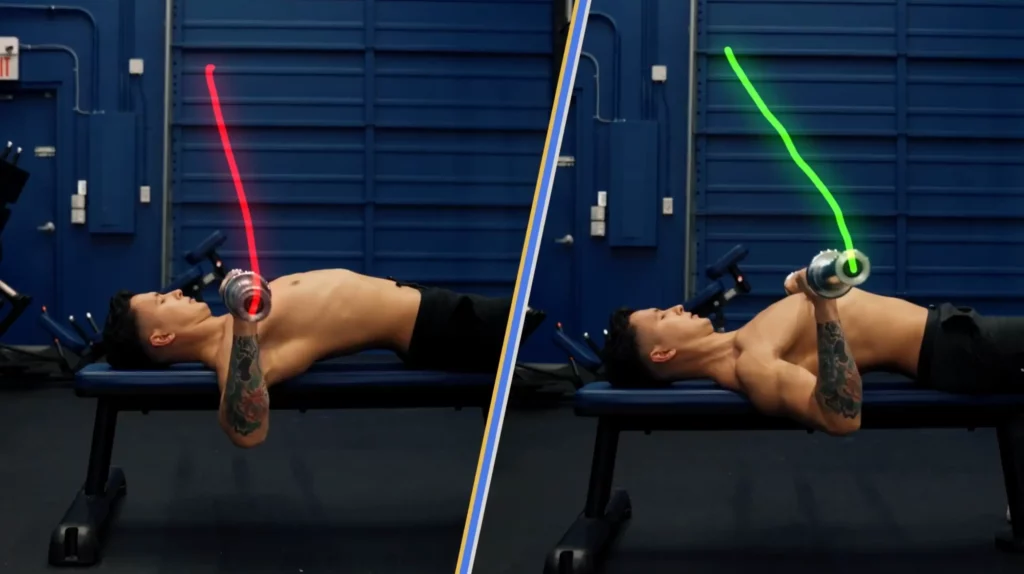
Mastering the Bench Press Bar Path – How to Optimize Your Press for Maximum Strength
The bench press is one of the most technical lifts in powerlifting. While many lifters focus on pushing the bar up as hard as possible, one of the most overlooked aspects of the lift is bar path.
A correct bar path ensures optimal force transfer, allowing you to lift more efficiently, reduce shoulder strain, and avoid failed lifts. In contrast, a poor bar path—such as lowering the bar too high or too low on the chest—can lead to weaker pressing mechanics and even injury risks.
If you want to increase your bench press strength and prevent common mistakes, mastering the correct bar trajectory is key. Let’s break it down step by step.

Why Bar Path Matters in the Bench Press
🔥 Improves Pressing Efficiency – A correct bar path ensures smooth movement, reducing energy loss and fatigue.
🔥 Protects Shoulder & Wrist Health – Proper mechanics prevent excessive joint strain, reducing injury risks.
🔥 Enhances Lockout Strength – A well-optimized path makes completing the press easier, improving overall stability.

The Correct Bar Path for a Stronger Bench Press
Unlike a straight-up-and-down movement, the optimal bench press bar path follows a slight arc, known as the “J” curve. Here’s how to execute it properly:
✅ Step 1: Lower the Bar in a Controlled Arc
- The bar should descend in a slight diagonal motion, not straight down.
- Aim to lower the bar to your sternum/lower chest, not too high near the shoulders or too low near the belly.
✅ Step 2: Press the Bar Back Toward Your Face
- Instead of pressing the bar directly upward, push it slightly back toward the starting position.
- This helps engage the triceps and makes the lockout smoother and more efficient.
✅ Step 3: Maintain Wrist & Elbow Alignment
- Keep wrists stacked over elbows during the press to maintain optimal force transfer.
- Avoid excessive wrist bending, which can weaken pressing mechanics.

Common Mistakes That Ruin Bar Path (And How to Fix Them)
🚫 Lowering the Bar Too High on the Chest (Near the Neck or Upper Chest)
🔹 Issue: This position overloads the shoulders, increasing strain and reducing tricep engagement.
🔹 Fix: Ensure the bar lands around the lower chest/sternum, where you can generate maximum power.
🚫 Dropping the Bar Too Low on the Chest (Near the Belly)
🔹 Issue: This over-engages the front delts, forcing lifters to press inefficiently with reduced leverage.
🔹 Fix: Adjust your setup to make sure the bar stays in the sternum/lower chest zone.
🚫 Pressing the Bar Straight Up Instead of an Arc
🔹 Issue: A straight vertical press reduces tricep efficiency and makes lockout more difficult.
🔹 Fix: Use the J curve technique—press slightly backward, allowing the triceps to assist.
🚫 Wrist Misalignment (Over-Bending or Rolling Forward)
🔹 Issue: A weak wrist position leads to energy leaks and poor bar control.
🔹 Fix: Keep wrists neutral and stacked over the bar, using a tight grip.

Additional Tips for a More Efficient Bench Press
🔥 Perfect Your Setup – Ensure your feet are firmly planted, shoulders retracted, and grip is secure before lifting.
🔥 Use Leg Drive – Drive your feet into the floor to generate full-body tension and improve power transfer.
🔥 Control the Eccentric Phase – Lower the bar slowly and smoothly to maintain full control throughout the lift.
🔥 Engage Your Triceps at Lockout – Focus on tricep activation during the final phase for a stronger finish.

Mastering bar path in the bench press is a game-changer for strength and injury prevention. By following the J curve trajectory, adjusting bar placement, and correcting common mistakes, you’ll press heavier weights with more efficiency.






